How to Protect Trees and Plants From Insects and Sunburn
Introduction
Sun benefits our world, it’s a life source for living creatures. Plants and trees are growing with the help of it, we humans even take vitamin D from it. Unless you are allergic to sunlight, the sun positively affects living creatures. There is nothing beautiful like receiving sunlight in the early morning, right? Some plants and trees need more sunlight to grow.
While looking for a place for them, places that receive full or partial shade become an important issue. However, some negative effects of the sun also exist. You must be careful while receiving sunlight because it can easily cause sunburn. Especially during the summer, receiving direct sunlight can cause harm for both trees and humans.
On the other side, insects are also needed to maintain the planet’s health. The majority of them are beneficial for the world. Even though we don’t see most of them, they still affect us. However, some bugs and insects may not benefit our planet’s health. They can damage trees and plants, and you can see the damage signs easily on them. Reading these may worry you, but don’t worry – there are some methods to prevent damage.
How Do You Prevent Sunburn on Trees?
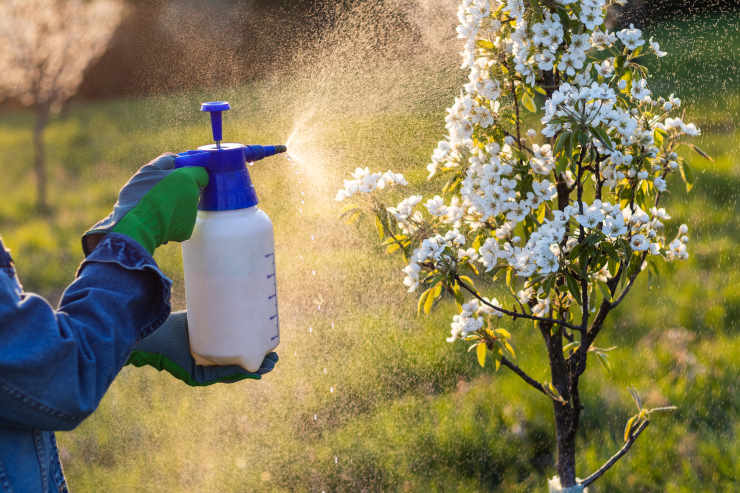
We, humans, use sunscreen or some solutions that are specifically designed to prevent sunburns, right? However, trees don’t have this chance. Therefore, preventing sunburn on trees is up to the owners, which means you. But, before proceeding, please note that this could be difficult for some owners. However, it doesn’t change the fact that it is still preventable.
Choose the planting area carefully: Some trees thrive well when they receive full sunlight, however, this will cause harm too. Partial shade would be the best for the most common tree types seen on the roads or gardens. The place where you will plant your tree shouldn’t receive sunlight directly. As we know, sunlight is important for fast-growing.
But partial sunlight would be as beneficial as full sunlight. Therefore, choosing the planting area according to sunlight requirements would be helpful. But sometimes, even though you choose the planting area carefully, sunburn may happen. Let’s find out other reasons.
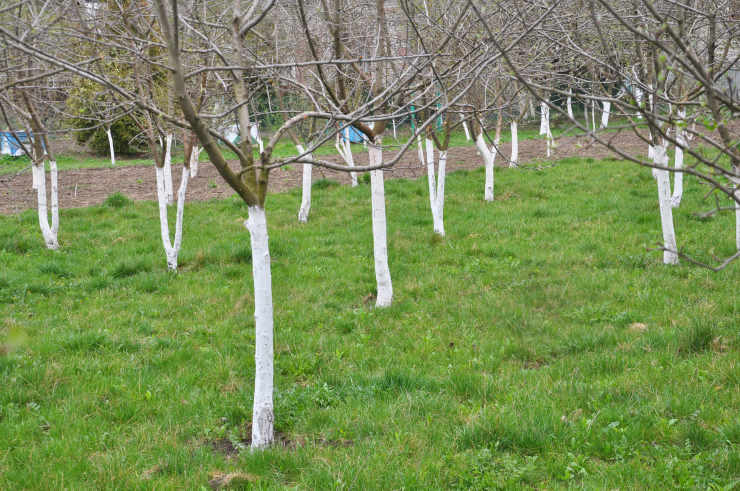
Proper pruning is essential to prevent sunburn: Sunburn is seen on young trees often. You may think it will be rough and hard to receive sun, but this is not as you think. Therefore, proper and on-time pruning is needed during seasons.
However, old trees can be affected by pruning easily. Their branches will be exposed to the sun when you prune them excessively. Likewise, removing the old branches that will provide shade will cause sunburn. You need to create a balance. You can consult an arborist if you don’t know how to prune. Over-pruning can cause serious damage and worsen sunburn’s effects, too.
White paint will help: You see some trees that are painted white and wonder why? Here is the answer: Painting the tree sounds strange, but it will be effective. It’s often used to block sunlight, along with clothes.
How Do I Protect My Plants From Sunburn?
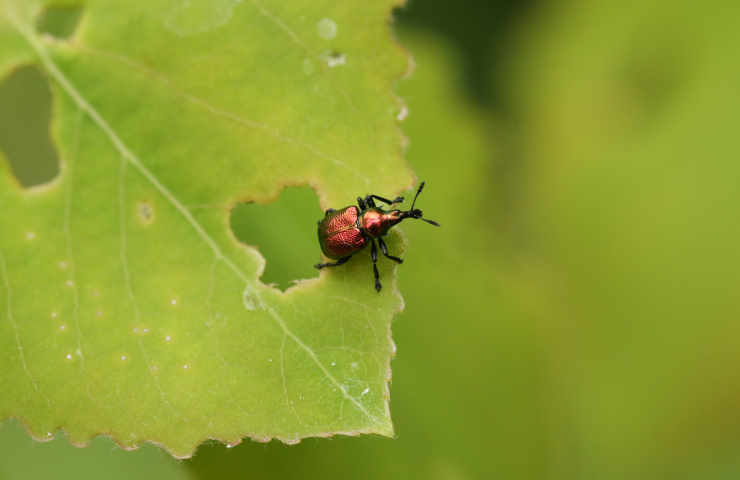
The second part of “How to Protect Trees and Plants from Insects and Sunburn?” is here. As mentioned above, sunlight can affect plants as we humans do. We can use sunscreen, but plants can’t. So, you need to take action to protect your plants from sunburn. The signs of sunburn in plants are visible. When some color changes in leaves, it’s a sign. However, let’s take a look at visible signs before proceeding with protecting tips.
The colors of the leaves will turn yellow: When our skin is overexposed to sunlight, it turns red. But in plants, leaves turn yellow or yellowish-white. In some plants, leaves can even turn brown. But overwatering can also cause a color change. It’s clear: the places exposed to the sun will change color. You can compare it to yourself, the skin color change thing.
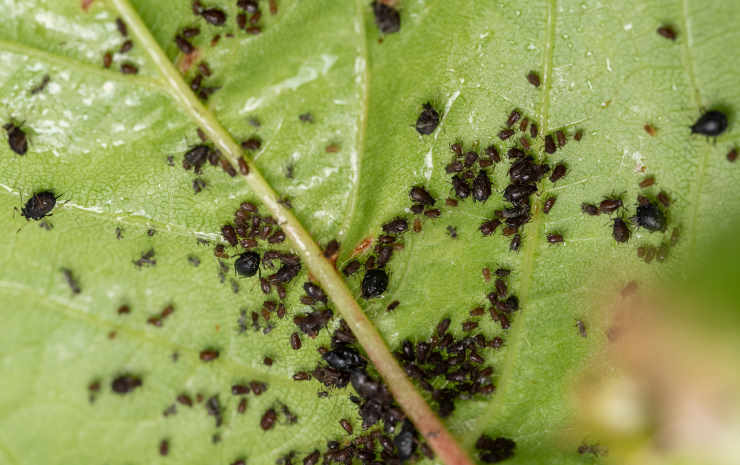
Leaves that are close to the roots are highly likely will stay in the same color. You can understand the difference from there. The affected leaves will fall. However, you can also remove them. Please be careful not to cause harm to healthy leaves.
Choosing the area thoughtfully will help to protect your plants from sunlight: Since plants are in pots, you can change their place effortlessly, unlike trees. Places that receive direct sunlight aren’t good for plants. However, if they are planted in the garden, you need to choose the area carefully before planting. Consider this issue, and do needed observation before planting.
Don’t overwater the plant: Overwatering is considered an enemy of most plants. You may think, “If my plant is sunburned, I need to give more water.” No. Watering depends on the plant’s type, but don’t overwater them. Cutting off the affected leaves, choosing the area carefully, and being thoughtful about watering will protect your plant.
Can a Tree Recover From Sunburn?
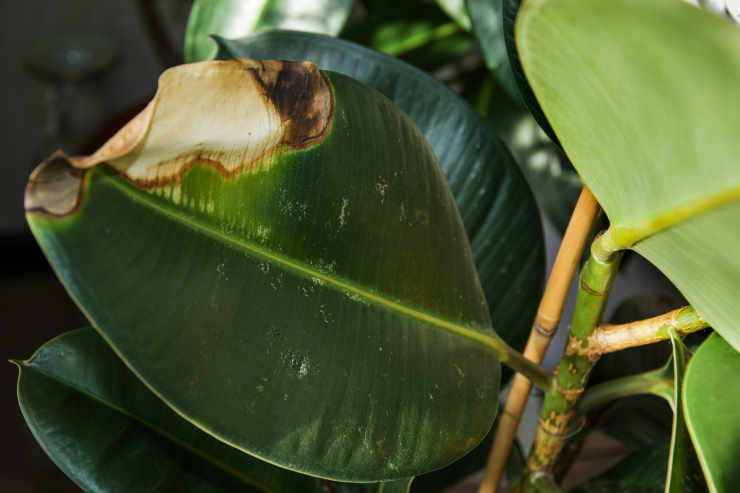
Before starting, the answer that you will face may be heartbreaking. There is nothing much to do for recovering leaves, but you can still provide treatment for the tree. However, some solutions still exist. Let’s start with leaves. When the leaves are affected by direct sunlight and their color change into yellow, yellowish white, or brown, there is no cure for them. You need to remove these leaves as soon as possible.
If you notice the color change early, you can cure it with needed watering: However, if leaves become crunchy and dark brown, it means death for them. Removing is the only thing you can do at this stage. Dry soil can be as guilty as the sun itself. Keep watering but be careful not to overwater the tree. Dry soil provides a place for sunburn. You can understand the importance of planting side again from this issue.
Doing deep watering will be good for a fast recovery: It depends on the type of tree, but regular and deep watering will help the tree to fight against sunburn. Make sure the roots are watered well.
Shade cloth will help to recover trees from more damage: Using a white cloth around the tree’s body will protect the tree from excessive sunlight while taking the needed amount through the cloth. Using it around over-pruned parts will help to recover.
White or light color paints will help to recover especially the body: It will reflect the sunlight, so the tree won’t be able to take direct sunlight again. It will help to recover especially the body. However, it can be used for branches, too. The paint that you will use shouldn’t contain harmful chemicals. Add some water to the paint before starting the painting. Although this method won’t be enough alone, it would be effective.
What Is the Best Insect Repellent for Plants?
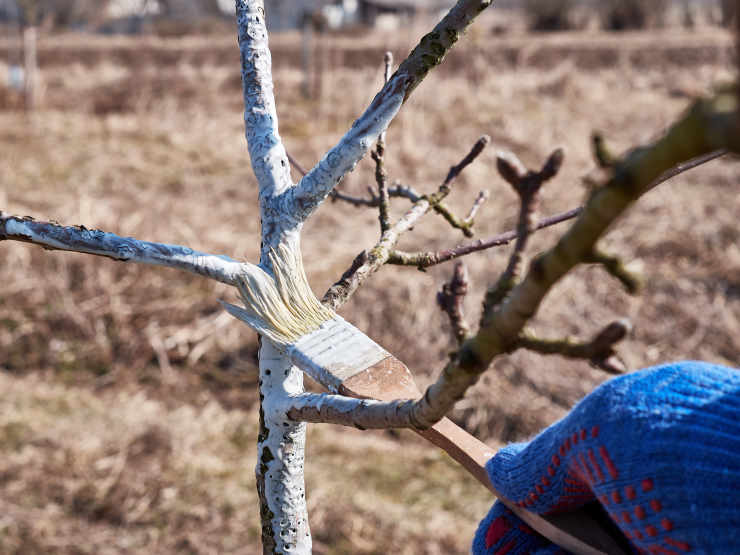
We don’t want to see unwanted insects in our garden or balcony, right? Even though they are also part of planet earth as plants and trees do, some kinds of them are considered unwanted. Especially some kinds of insects, such as mosquitos, flies, gnats, etc., can be annoying for plants and us. We humans use some solutions to get rid of them, however, they are not suitable for plant use. Don’t worry – you can take action against them to protect your plants. Let’s learn more about this issue.
Plant sprays will work. You can find them in garden stores. Checking the ingredients and asking the needed questions before purchasing would be helpful. However, you can do plant sprays by yourself, too.
Insecticidal soap spray will be effective, especially for flies, aphids, and mites. The needed materials are vegetable oil and liquid dish soap. You need to be careful about the ingredient of liquid dish soap. Choose the vegan options if available. They are free of harmful chemicals generally. Put the needed amount -it’s up to your plant- in a spray bottle. You can use it once or twice a week. Use it in the evening, before insects come to plant at night.
Some essential oils such as lavender and tea tree oil will be one of the best options. Since they have sharp taste and smell, they would be annoying insects. You can use these essential oils at your home, too. They will freshen the rooms. Take the needed amount of tea tree or lavender oil and mix it in the spray bottle with water. It is more than enough to use it once or twice a week, like a plant spray.
What Are Natural Methods Used to Eliminate Harmful Insects?
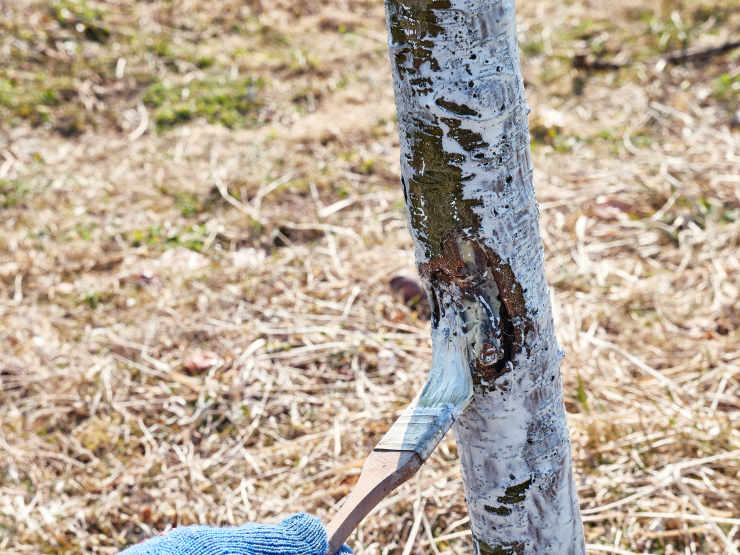
We will talk about natural methods in the last part of “How to Protect Trees and Plants from Insects and Sunburn?”. Plant sprays are chemicals unless you don’t do them on your own. If you do the soap and water, it may still contain chemicals.
Garlic and chili would be the best warriors against harmful insects: So, don’t forget always to keep them in your kitchen. They are strong, especially against caterpillars. Crush them together in a bowl, and add vegetable oil. Leave it in the dark place for one day. Use it regularly for one week. You will see the change.
Companion planting would be helpful: It’s a natural method and would be useful to get rid of harmful insects. Since insects are sensitive to smells and places, plants like lavender would be good. When you plant them as companion plants, it will confuse pests. Here are the suggestions: onion, basil, lavender, chives, etc.
Basils are not only giving good fragrance but also keep harmful insects away: This plant will confuse harmful insects. Since they can be planted everywhere and are a great companion for most plants, basils would be good.
Neem oil is popular nowadays: It may be an unknown tree a decade ago. But now, it gained popularity among gardeners. It is the perfect choice against Japanese beetle, aphids, etc. You can also purchase it from gardener stores, making it easy. You need neem oil, soap, and water. Mix the oil and soap first, and stir it with lots of water. You can use it one day after preparing. Be ready to see harmful insects marching towards to out of your garden!
Conclusion
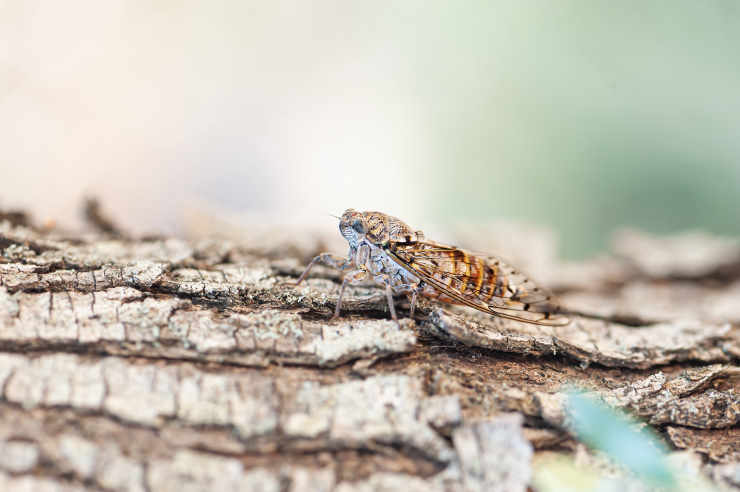
When everything has been considered, the answers for “How to Protect Trees and Plants from Insects and Sunburn” may differ. But don’t let it scare you, it means that several methods happen. You can choose the most suitable one according to your needs.
Of course, this is not a wrong statement, but you need to be extra careful. Receiving sunlight directly doesn’t mean it would benefit trees and plants. When exposed to too much sun, your skin reacts and gets burned in a bright red. Plants and trees feel the same, the only difference is their leaves get yellow, yellowish white, or brown. This is how they react to it.
And about pests, they are everywhere. In our homes, gardens, balconies, etc. But you can take action to prevent them. You can make natural sprays to get away from them. There is no rule that you must use harmful chemicals to get rid of them. Tomato leaf spray is here to save the day. This is completely news, right? Since they contain “tomatine” that keeps away the pests, all you need to do is chop the leaves, mix them with water and wait for one day.
You may also be interested in:

